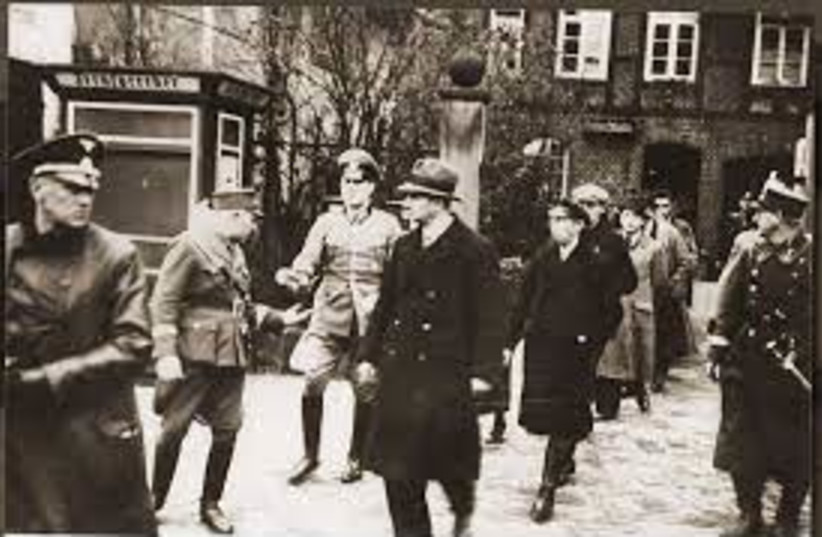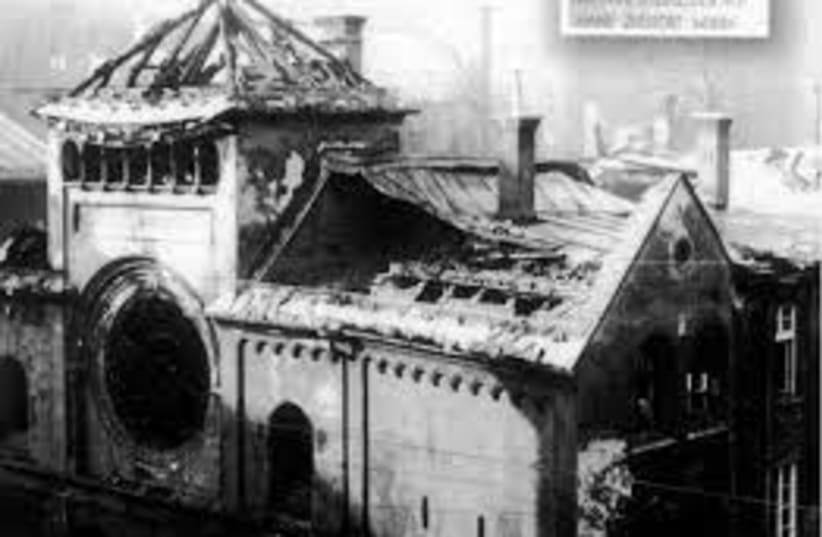In 1938, Adolf Hitler ordered the destruction of Munich’s main synagogue. Now, a construction workers have uncovered ruins of that house of worship in the Isar River.
In the 85 years since the synagogue was destroyed at, according to an NPR report, the behest of Hitler, a lot has changed for global Jewry. Of all the unlikely things the Jewish community has experienced in that, one of them is the resurfacing of the main synagogue in the city where the Nazi party was formed.
"We never thought we would find anything from it," the BBC quotes Bernhard Purin, the head of Munich's Jewish museum as saying.
The synagogue was demolished five months prior to Kristallnacht, or the Night of Shattered Glass, and served as a “test,” Purin explained according to NPR.
Reportedly, the Nazis wanted to see how the public would react to the destruction of houses of worship. And, while the public reacted vociferously to the destruction of a church, the destruction of Munich’s main synagogue did not inspire public outcry.


It seemed, therefore, to serve as a tacit nod of approval for the Nazis to proceed.
Political leadership today, however, takes a stance diametrically opposed to the erasure of the once-great Munich synagogue. The BBC reported that Munich Mayor Dieter Reiter called the discovery of the synagogue’s ruins was a “stroke of luck.”
The report went on to state that the mayor’s deputy called securing and returning the discovery to the Jewish community a historic duty.
Photos taken by Munich's Jewish museum show a stone slab that once belonged to the synagogue’s ark. The slab features a tablet on which the latter half of the ten commandments had been carved. The carving remains in excellent condition.
The prohibitions against murder, adultery, theft, lying, and covetousness remain etched distinctly in their Hebrew letters.
There are still people who were there
Of Munich’s Jewish community, there are a few who are old enough to remember the synagogue from when it stood.
"The synagogue was very beautiful, like those synagogues in Budapest & Berlin," Rolf Penzias, who attended a Jewish vocational school in 1938, said to the BBC. "We took the Sefer Torah out and they stored them somewhere. They dismantled the synagogue, they didn't burn it. They just put bulldozers in it and took it away."
